- About us
- Support the Gallery
- Venue hire
- Publications
- Research library
- Organisation chart
- Employment
- Contact us
- Make a booking
- Onsite programs
- Online programs
- School visit information
- Learning resources
- Little Darlings
- Professional learning
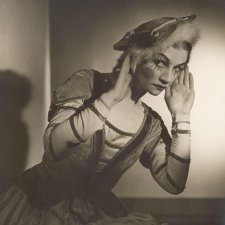
Gael Newton delves into the life and art of renowned Australian photographer, Max Dupain.

Alexandra Roginski gets a feel for phrenology’s fundamentals.
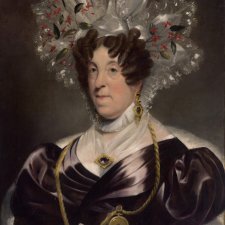
Joanna Gilmour describes how colonial portraitists found the perfect market among social status seeking Sydneysiders.
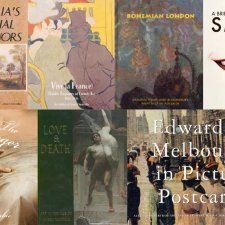
The first index I created was for my first book, and, to my astonishment, that was almost twenty-five years ago.

As the National Portrait Gallery opens its exhibition of portrait and figurative work by veteran photographer Sam Haskins, the artist reflects on the highlights of his fifty-year career so far.

As a convict Thomas Bock was required to sketch executed murders for science; as a free man, fashionable society portraits.
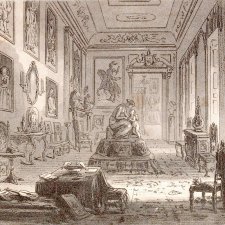
It may seem an odd thing to do at one’s leisure on a beautiful tropical island, but I spent much of my midwinter break a few weeks ago re-reading Bleak House.
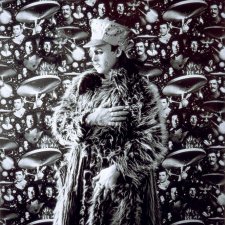
Dr Sarah Engledow writes about the larger-than-life Australian performance artist, Leigh Bowery.
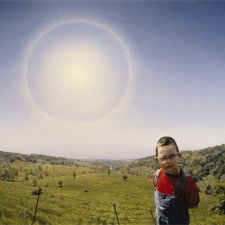
Australia's former Cultural Attache to the USA, Ron Ramsey, describes the mood at the opening week of the revitalised American National Portrait Gallery.
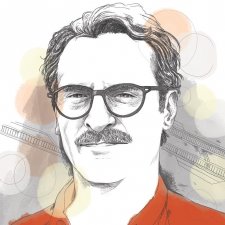
Christopher Chapman ponders our digital identity and selfhood.
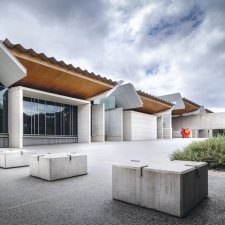
How the National Portrait Gallery and its unique collection came to be
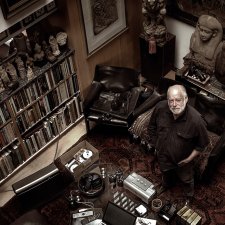
Michael Desmond, National Photographic Portrait Prize judge and curator, introduces the 2007 Prize.

Michael Desmond profiles a handful of the entrants in first National Photographic Portrait Prize and notes emerging themes and categories.
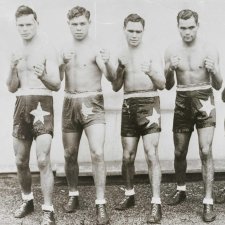
Joanna Gilmour explores photographic depictions of Aboriginal sportsmen including Lionel Rose, Dave Sands, Jerry Jerome and Douglas Nicholls.
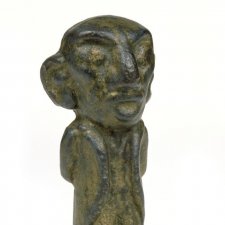
A toast to the acquisition of an unconventional new portrait of former Prime Minister, Stanley Melbourne Bruce.
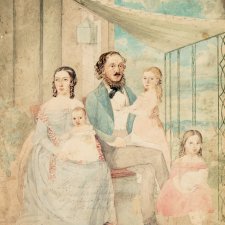
The art of Australia’s colonial women painters affords us an invaluable, alternative perspective on the nascent nation-building project.